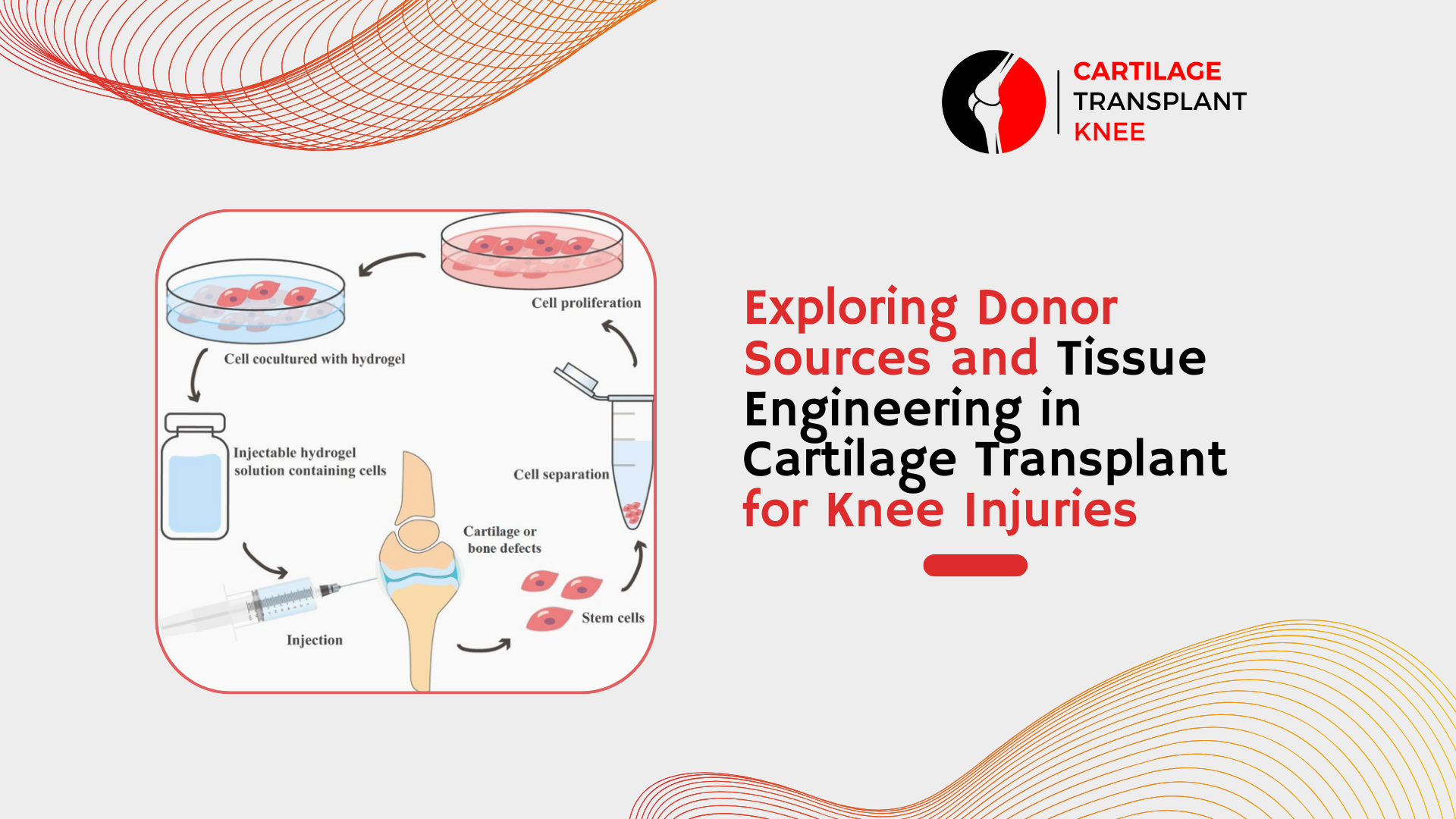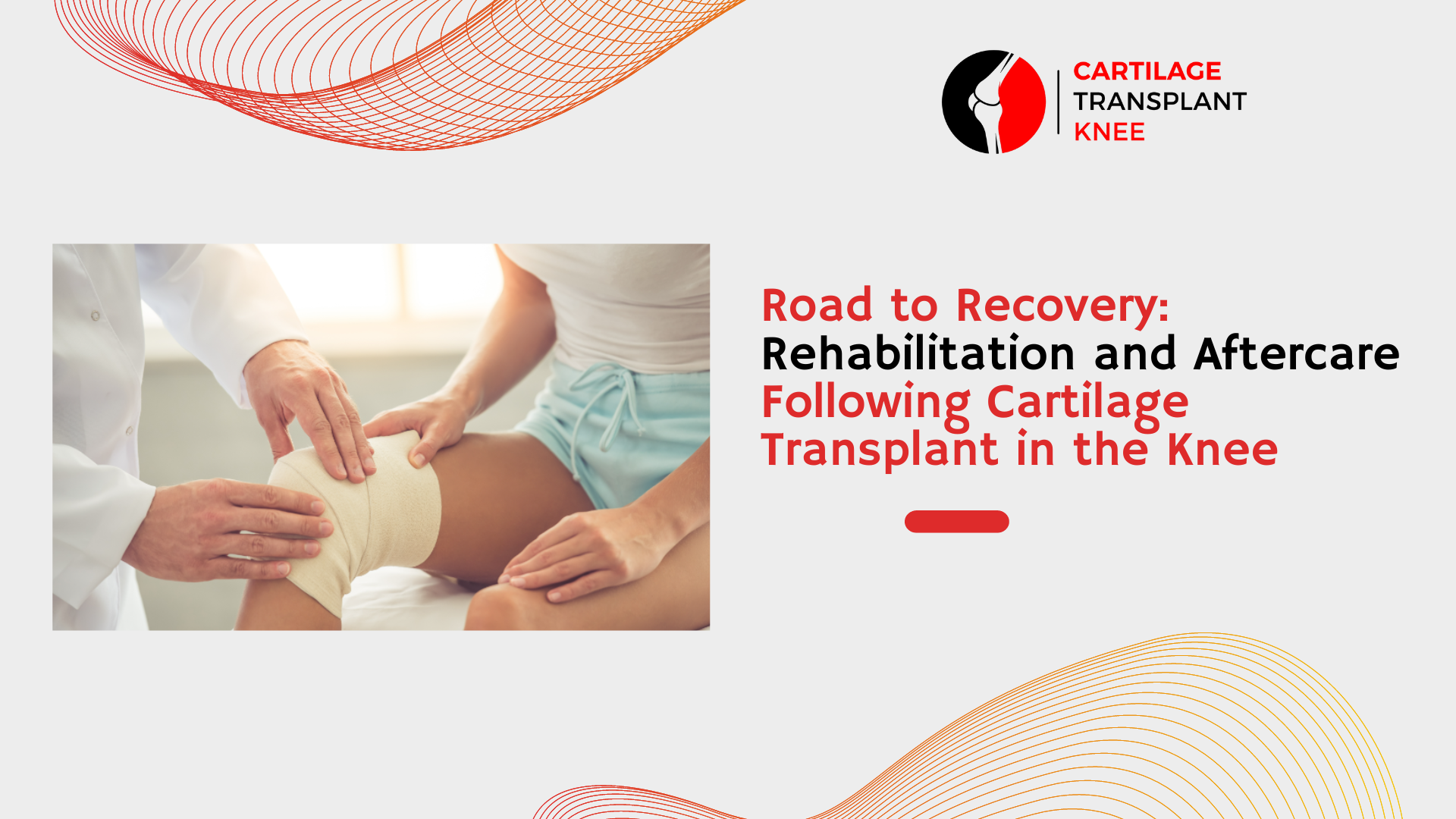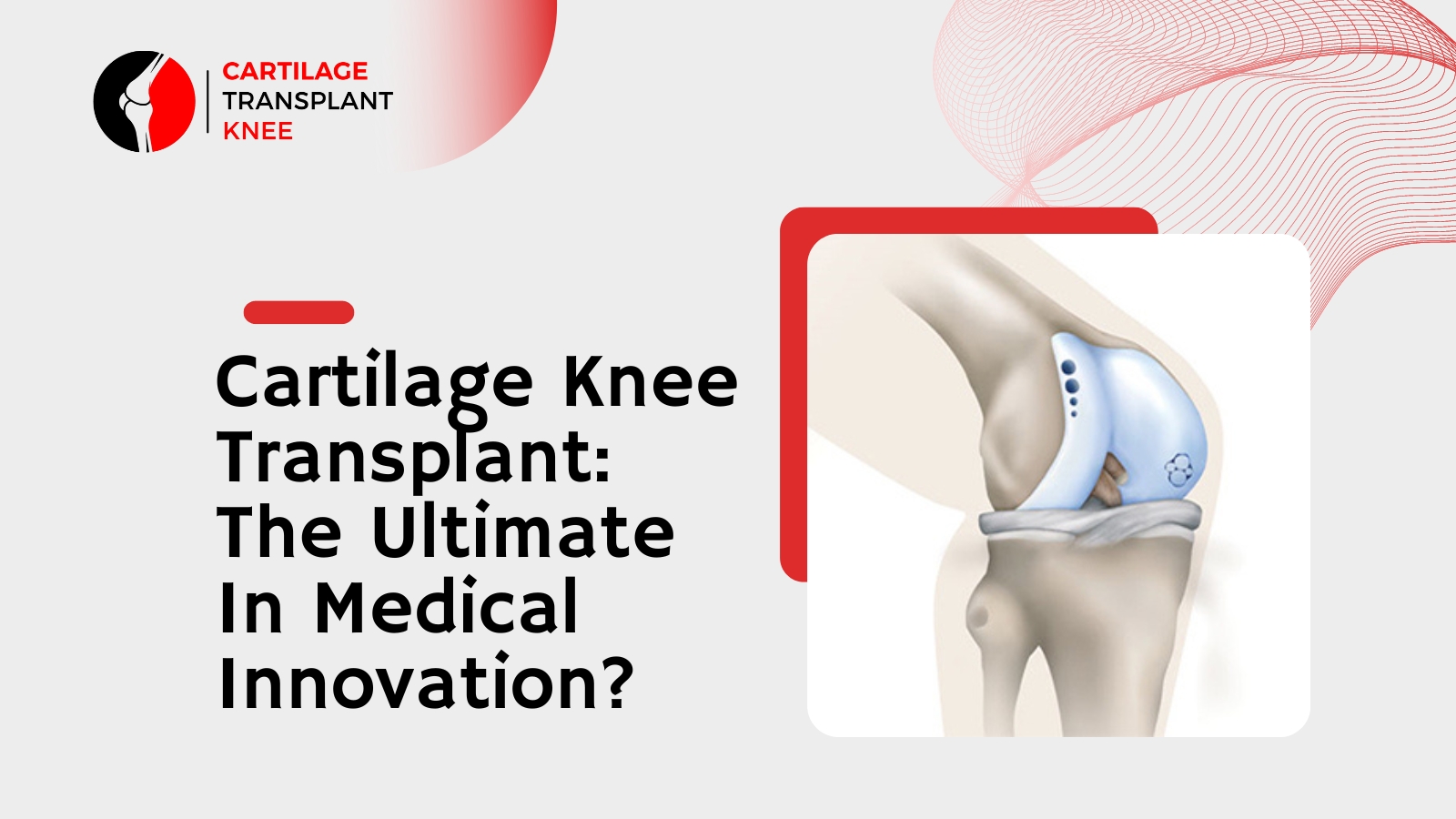Osteochondral autograft transplantation surgery (OATS) is a surgical procedure used to treat defects in the knee cartilage . It involves transplanting healthy cartilage from one part of the knee to the damaged area. In this blog, we will discuss the surgical steps involved in an OATS procedure.
Step 1: Anesthesia
The first step in an OATS procedure is to administer anesthesia to the patient. This can be done using either general anesthesia or regional anesthesia. The type of anesthesia used will depend on the patient's medical history, the size of the defect, and the surgeon's preference.
Step 2: Preparation
Once the anesthesia has taken effect, the surgeon will prepare the knee for surgery. This involves cleaning and sterilizing the surgical site to reduce the risk of infection. The surgeon will also use a tourniquet to temporarily stop the blood flow to the knee to provide a bloodless field for the surgery.
Step 3: Harvesting the Graft
The next step in an OATS procedure is to harvest the graft. The graft is taken from a non-weight-bearing area of the patient's own knee, typically the intercondylar notch or the lateral femoral condyle. The surgeon will use a special instrument to remove a cylindrical plug of cartilage and bone from the donor site. The size of the graft will depend on the size of the defect.
Step 4: Preparing the Defect
Once the graft has been harvested, the surgeon will prepare the defect in the damaged area. This involves removing any damaged cartilage and bone from the defect to create a smooth, stable surface for the graft. The surgeon will use a chisel or drill to create a hole in the bone to match the size of the graft.
Step 5: Transplanting the Graft
The next step in an OATS procedure is to transplant the graft into the defect. The surgeon will carefully insert the graft into the hole and secure it in place using surgical screws or pins. The goal is to create a flush, smooth surface between the graft and the surrounding cartilage.
Step 6: Closing the Incision
Once the graft has been successfully transplanted, the surgeon will close the incision using surgical staples or sutures. A sterile dressing will be applied to the knee to protect the incision and promote healing.
Step 7: Postoperative Care
After the surgery, the patient will be closely monitored by the medical team to ensure there are no complications. The patient will be instructed on how to care for the surgical site, including keeping the knee elevated and applying ice to reduce swelling. The patient will also need to use crutches for several weeks to avoid putting weight on the knee while it heals.
In conclusion, OATS surgery is a procedure used to treat cartilage defects in the knee. The surgical steps involved in an OATS procedure include anesthesia, preparation, harvesting the graft, preparing the defect, transplanting the graft, and closing the incision. It is important to carefully follow postoperative instructions to ensure a successful recovery. If you are considering an OATS procedure, consult with your healthcare provider to determine if it is the right treatment option for your individual needs.









